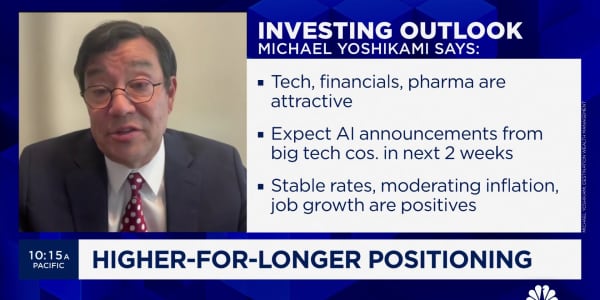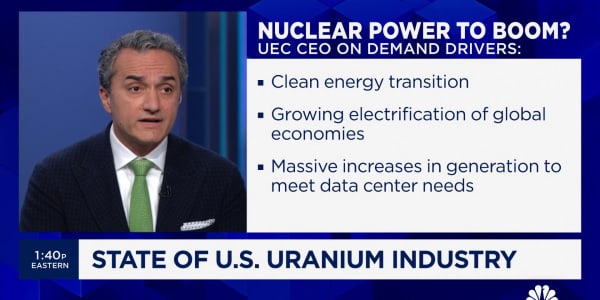An oil price spike may not be as bad as you'd think.
That's the message of an analysis from Ross DeVol, the Executive Director of Economic Research at The Milken Institute, who has taken the long-term view on the looming oil price crisis.
DeVol makes a few key points—based on a detailed historical analysis of past oil shocks.
First: The US has become vastly more energy efficient—and therefore less vulnerable to the risks of an oil shock—since the darkest days of the early nineteen-seventies oil crisis.
The metric DeVol uses to measure the impact correlates economic output directly to oil consumption.
DeVol writes, "Oil consumption (average barrels per day) per $1 million of real GDP has fallen from 3.41 in 1975 to 1.42 in 2010, a 58.4 percent drop."
The causes of the drop are multiple—ranging from more efficient capital equipment and vehicles to the increased prominence of natural gas in generating electricity in the Unites States. (For example, oil now represents less than 1 percent of US electricity generation.)
Second, slack in the labor markets makes tight money policies at the Fed very unlikely – and past recessions associated with rising oil prices have all had a monetary tightening component to them.
This is crucial because during past oil shock linked recessions "Rising inflation-adjusted interest rates provided an additional channel through which the oil shock was transmitted to the real economy (the part of the economy producing goods and services)"
DeVol cites a real fed funds rate of 4.5 percent in 1973—which ultimately rose to 9.3 percent in 1981.
In the current interest rate environment—where real short-term rates are slightly negative he concludes "Without substantially higher interest rates, it is difficult to see the economy collapsing into a recession in the current range of today’s oil prices."
Third, the macroeconomic model DeVol developed demonstrates that the damage done to the US economy by rising oil prices is less catastrophic than many may have feared.
He explains: "Using a dynamic macroeconomic model of the U.S. economy, I simulated the impact of oil prices rising from $90 to $100 per barrel, roughly what has transpired over the past few weeks. Based upon the current structure of the U.S. economy, it shows that a $10 oil price increase, sustained over four quarters, reduces real GDP growth by 0.2 percentage point. The impact on consumption spending is doubled: 0.4 percent. Higher oil prices would reduce growth in non-oil-producing developing countries such as China and India, cutting U.S. export growth by 0.3 percent. The impact on exports isn’t as large as you might anticipate, since large oil-producing countries would import more from the U.S. These impacts are shown in the table below.
Impact
If $100 per barrel oil is sustainable, at what price point do things start to get ugly for the US economy?
According to the report: "The bottom line is that even if this bigger impact kicks in, it would take prices of $150 for WTI and $170 for Brent before another U.S. recession seems plausible."
However, Devol is quick to point out that while oil prices below the $150 per barrel price point aren't enough to tip the United States into recession on their own, it does make the economy more susceptible to other adverse events.
And a combination of negative factors could very well push us back into a place of major economic pain: "But well before they hit those levels, high oil prices certainly leave the U.S. economy vulnerable to other shocks that could tip us over the edge of another recession."
With economists, even good news often comes with a deflationary coda.
_______________________________________
Questions? Comments? Email us at
Follow NetNet on Twitter @ twitter.com/CNBCnetnet
Facebook us @





